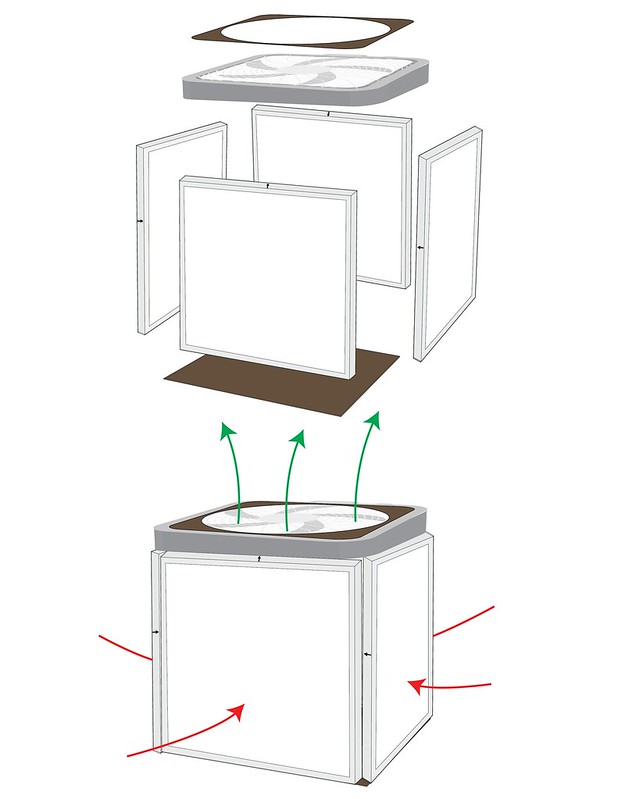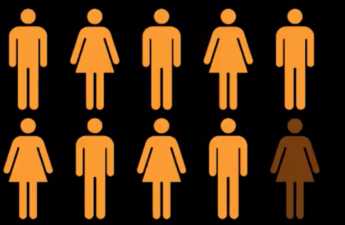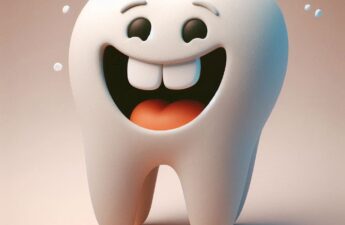
BY KRISTINE LIAO, PGN

This story was originally published by PGN
The COVID-19 landscape is looking somewhat stable as we enter our third pandemic-era holiday season. But being careful, especially during travel and gatherings, is still important. New Omicron subvariants seem to be better at evading immunity, and both flu and RSV case trends indicate that the 2022-23 season for these two respiratory viruses may be particularly severe.
Improving indoor air quality is one way to help, especially during holiday gatherings. You can do this through ventilation—moving outdoor air into a space—and through filtration—removing unwanted particles from the air. Whether you’re hosting an event or attending one, take advantage of the tools below to ensure that everyone can stay healthy while enjoying the festivities.
An essential for all households: Open those windows
The simplest ventilation tool is open windows, which allow outside air to flow into the room. “You can get really high clean air rates by opening up a window—it’s an extremely powerful tool,” says Joey Fox, an HVAC engineer and author of the blog #COVIDisAirborne. To get more consistent air flow, Fox recommends setting up a fan in front of the window, facing outward, or turning on exhaust fans in the house.
A DIY air filter: Corsi-Rosenthal box

The Corsi-Rosenthal box is an easy, cost-effective air filtration tool that you can build yourself. All you need is a box fan, four MERV 13 air filters, cardboard, and duct tape. You can find instructions in English and Spanish here for building this DIY air filter.
The Corsi-Rosenthal box cleans the air in a room by trapping particles, including airborne virus particles, dust, and wildfire smoke, in its MERV air filters. Although MERV filters are not as good as HEPA filters at trapping particles, studies have found that Corsi-Rosenthal boxes can actually be more effective than HEPA air purifiers due to their ability to filter more air.
“Corsi-Rosenthal boxes are really not that hard to make, and they can really help to make family gatherings safer,” says Dr. Emily Landon, an infectious disease doctor at the University of Chicago Medicine. “Depending on the space, you might need more than one. I’d build a Corsi-Rosenthal box for every room, open up windows and doors, and encourage everyone to wear a mask. And I would probably hand everyone a test on their way inside.”
The gold-standard air purifier: HEPA filter
HEPA, or “high efficiency particulate air,” filters clean the air in a room, just like Corsi-Rosenthal boxes. But HEPA filters stand out for their exceptional ability to remove more than 99 percent of particles with a diameter of 0.3 microns. In comparison, the MERV filters in Corsi-Rosenthal boxes can capture about 85 percent of unwanted particles. The droplets and particles that carry COVID-19 viruses are typically at least a few microns in size, so HEPA filters can easily trap them.
Landon notes that some HEPA air purifiers are better than others, so it’s important to do your research. When shopping for a HEPA air purifier, you should take into account whether it is suitable for the size of your room. The Coway Airmega AP-1512HH Mighty has been cited by Wirecutter, CNET, and Self Magazine as a top pick, as has the Blueair Blue Pure 211+, specifically recommended for larger rooms.
A ventilation verifier: CO2 monitor
If you’re attending a holiday party, gift shopping at a mall, or eating indoors at a restaurant, a CO2 monitor can be a good tool to have on hand. These portable air quality detectors measure the amount of carbon dioxide in the air, which can tell you how well-ventilated a certain space is. The SAF Aranet4 CO2 monitor is one of the most reliable options on the market.
“For public places and gatherings, CO2 monitors are very helpful,” Fox says. “COVID-19 is an airborne disease, and you get it by breathing in air that an infected person has breathed out. The more air you are rebreathing, the higher the risk of infection. Through CO2 monitors, you can directly calculate what percentage of air you are rebreathing from other people, so it’s a very good way to gauge risk.”
Indoors, CO2 levels should typically be no higher than 1,000 parts per million (ppm), but the lower, the better. For context, CO2 levels in outdoor air are typically around 400 ppm. If you are concerned about the lack of ventilation in a public space, you can better protect yourself by wearing a mask, social distancing, or asking to open the windows and doors or turn on the HVAC system.
No single COVID-19 prevention measure is 100 percent effective, so the key is to implement as many layers of protection as you can. Build a few Corsi-Rosenthal boxes before gathering for the holidays. On the day of the festivities, keep the windows cracked open and consider putting a fan in front of them to increase circulation. If you have the means, invest in a HEPA filter and a CO2 monitor. And as always, use the resources that have been proven to work: vaccines, boosters, masks, and tests.
“You don’t want to leave a place and end up getting sick, so we have to reduce risk when getting together,” Fox says. “These are not very complicated tools, but they can have a significant impact.”


